Following on from my Canon Demi C review, I wanted to write something about the orphaned lens that came about from me only shooting it with the 50mm. Having that nice lens gathering dust in a box is no fun. And me getting my first interchangeable lens digital camera – the Fujifilm X-Pro1: My brain wants to try things out. With the X-Pro being digital results are instant when it comes to lenses and visual experimentation. I end up holding my unused Canon Demi C 28 mm lens in front of the image sensor. Getting an approximation of the correct distance from lens to film plane/sensor had me looking around for something to mount the lens on.
Modding
I’d glimpsed people’s (and companies’) body cap lenses on blogs so that seemed the approach to take in this case. The lens is only 47mm wide at the outer edge of the housing. And the distance to the film plane seemed to be within easy adjustment range.
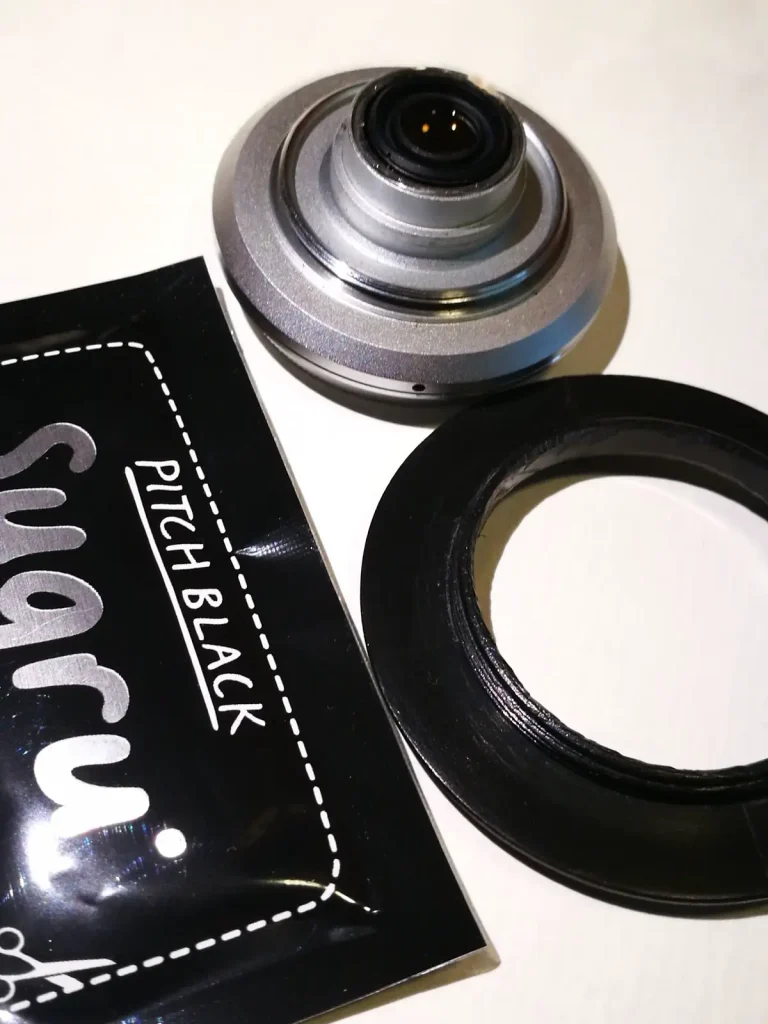
So I made a hole in my only M39 body cap and adjusted the lens position after some fiddling (No: Carving). Then attached it with Sugru rubber clay and textile glue after adjusting for infinity and 1m focus.
As such, I am now in possession of a 28 mm half frame lens which will never give me a 42mm equivalent focal length on my X-Pro’s half frame sensor.
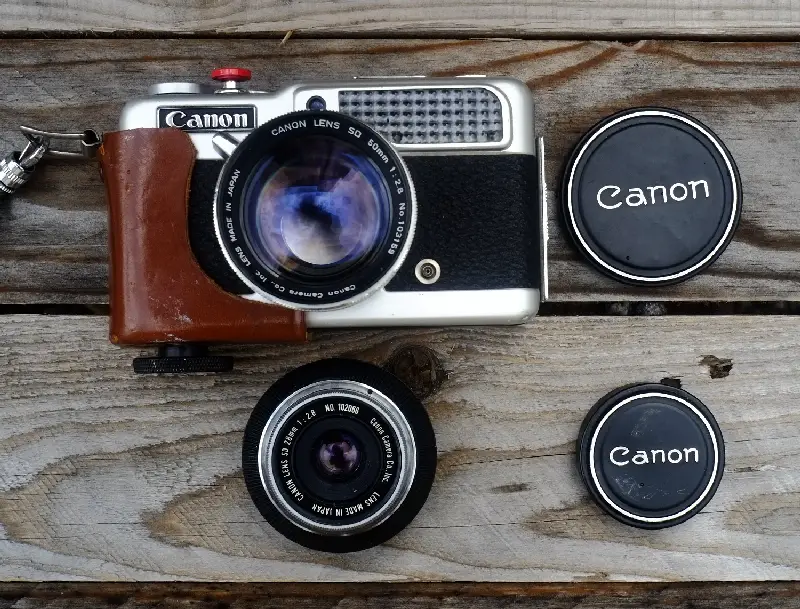
Aperture
There are no aperture setting options for the Canon lens since they are placed inside the lens mount on the Canon body. So the Canon is wide open, constantly at f2,8.
Focusing
The 28 mm Canon has a very short throw but feels very good, despite the zone focus “click stops”. I prefer a short throw over long ones. I’ve used lenses with 300-360 degrees’ throw on the focus ring and it’s very hard for me to get used to it. More – it’s annoying. But this lens is somewhere in Olympus XA and Olympus 35 RC territory when it comes to focus throw, which is very good.
Testing
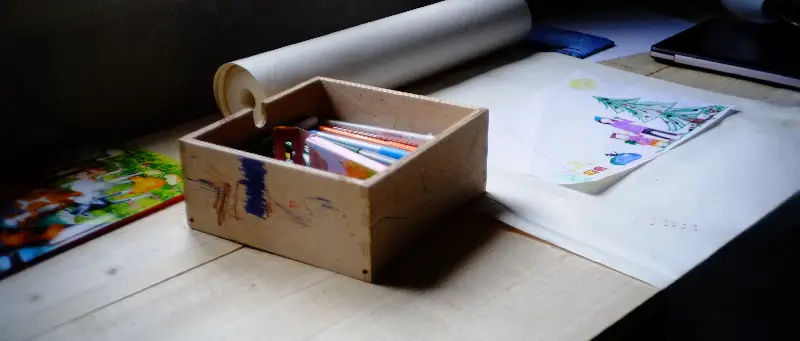
Even in these dim light conditions the lens is easy to focus. It sharply renders details in the wood grain. However the images get blurry toward the edge of the picture. There’s a very visible limit to its field of focus. However the focus in the centre of the image is very much “good enough” for me to want to utilize the lens in these light conditions in future.
The blurred edges around the image has gotten me puzzled. Shouldn’t it be in focus in the whole frame since the Fuji sensor and the half-frame image surface both show the same size (42 mm) image? This is a question for you science people out there to answer in the comments section below.
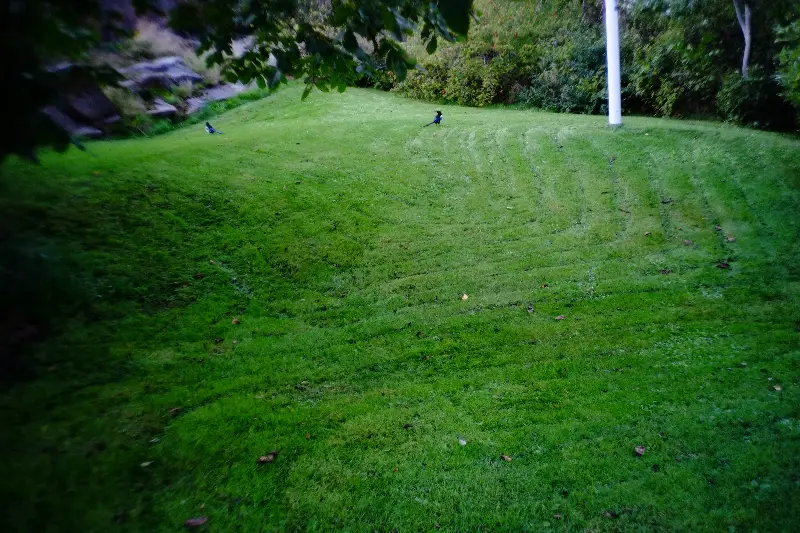
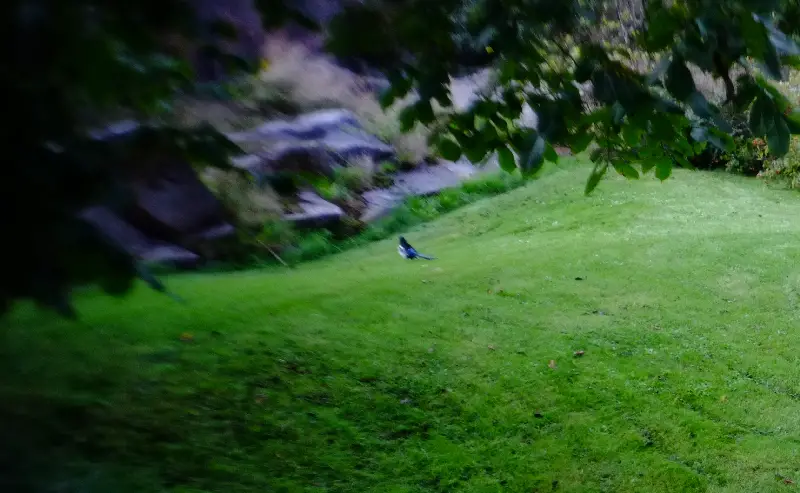
On the outdoor pictures the problem of the lens non-focus zone on the right and left edges and also corners becomes very visible. I don’t mind it per se, considering the nature of the pictures I aim to take with it (family outings etc), but it is something to consider every time when composing the pictures. Maybe that’s a bit much to ask…

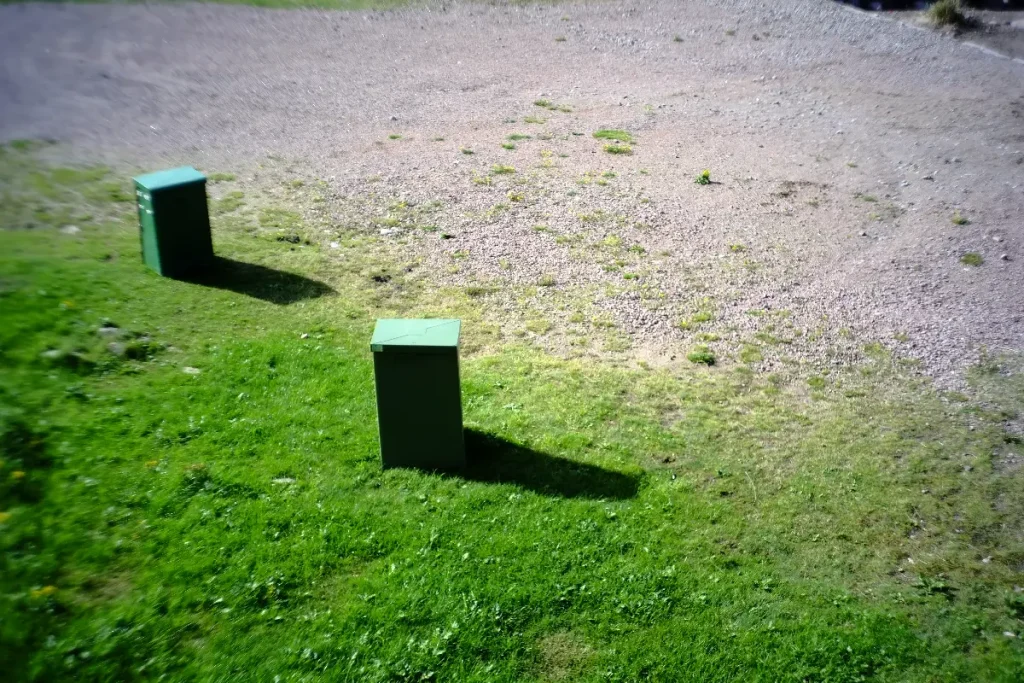
The lens renders very sharp in the middle regions – much more so than my Industar 69 which is a bit soft in colours and general focusing. Both are very good lenses for my retro-nostalgic preferences in picture making, though.
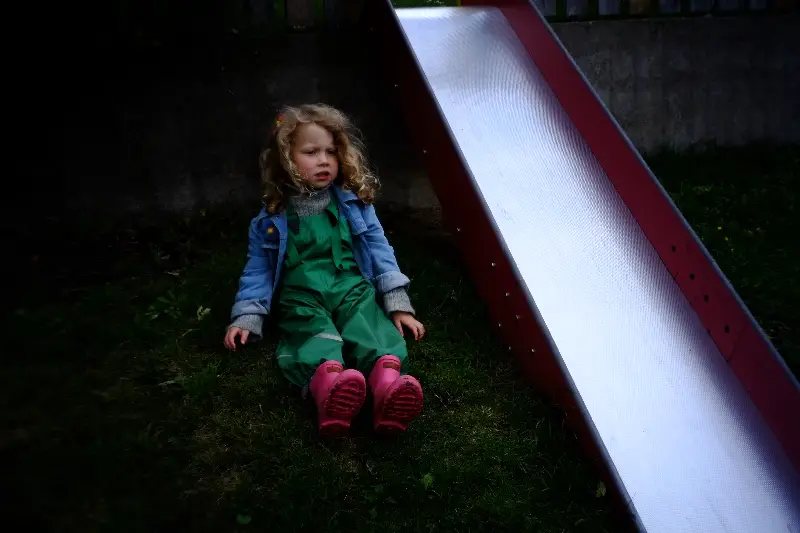

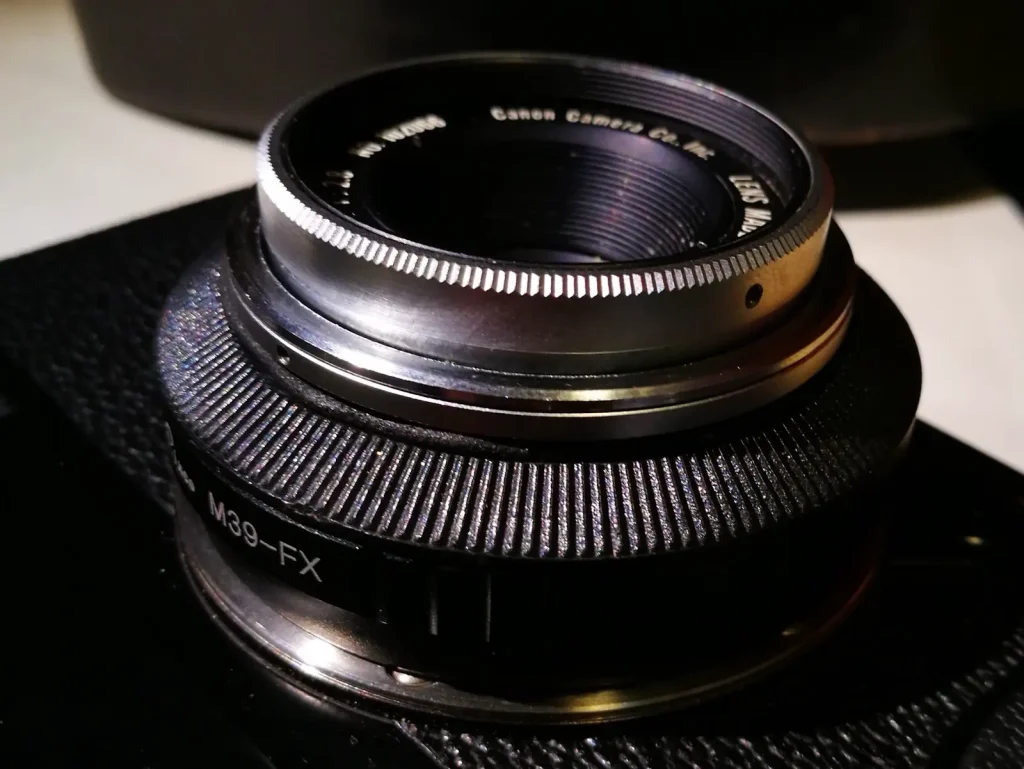
Conclusion
This modded experimental lens is – despite its limitations – a fun lens to use for my family occasions and excursions, where the X-Pro comes most to use, at the moment. Being strapped on cash, this is a “wide angle” solution I can live with. Also it feeds my unstoppable urge for shallow depth of field in images because of the permanent f2,8 aperture.
Thank you for bearing with me on this stupid journey of not discovering much we didn’t already know. Still, I hope you’ve learned something. Please share your thoughts in the comments section below.
My shop at Etsy: https://www.etsy.com/se-en/shop/getOurBooks/
My blog at: tobbetecknare.blogspot.se
Share this post:
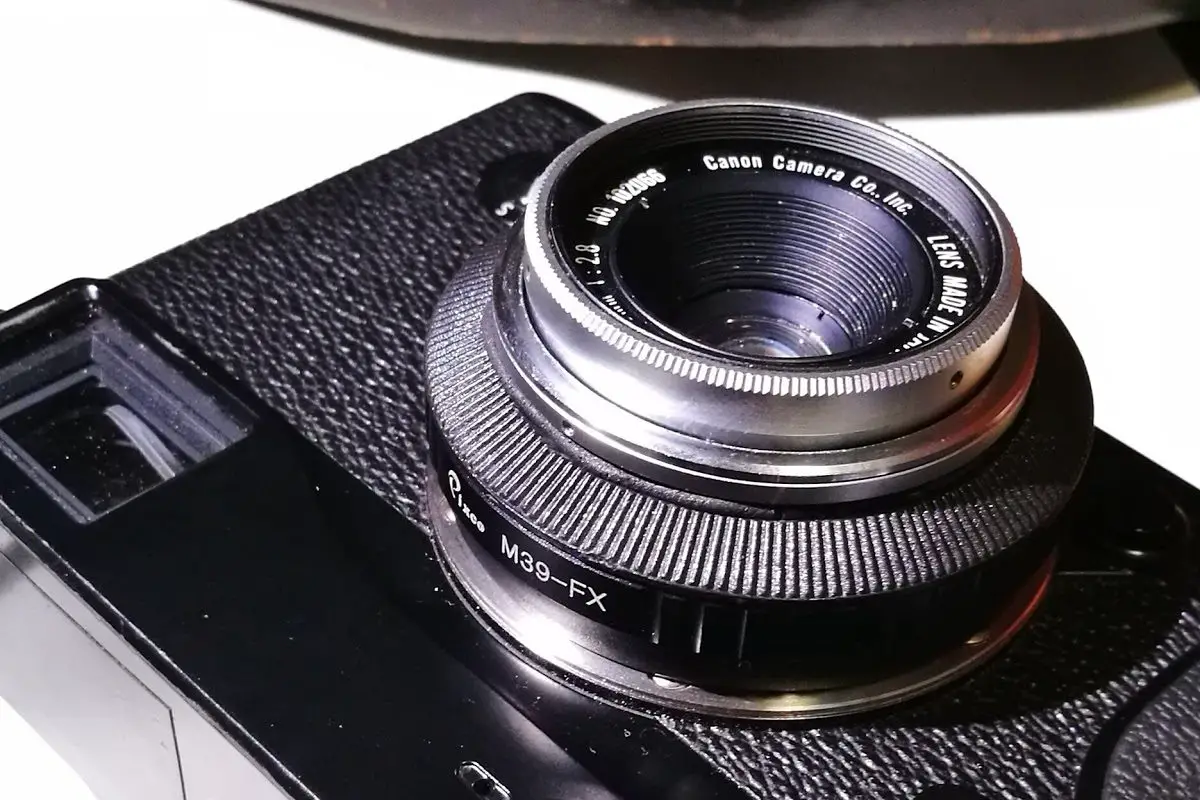








Comments
Hamish Gill on Modding a 28mm Canon Demi C lens for M39 mount – by Tobias Eriksson
Comment posted: 29/10/2017
It's blurry toward the edges, simply because of how differently camera sensors react to the angle of light compared to film - that's as I understand it anyway
Tobias Eriksson on Modding a 28mm Canon Demi C lens for M39 mount – by Tobias Eriksson
Comment posted: 29/10/2017
Well, that explains things. And I've come to understand that a lot of lenses are not performing at their best wide open.
Stefan on Modding a 28mm Canon Demi C lens for M39 mount – by Tobias Eriksson
Comment posted: 29/10/2017
Comment posted: 29/10/2017
Comment posted: 29/10/2017
Comment posted: 29/10/2017
Comment posted: 29/10/2017
Comment posted: 29/10/2017
Richard Patterson on Modding a 28mm Canon Demi C lens for M39 mount – by Tobias Eriksson
Comment posted: 29/10/2017
Interesting write up.
The Fuji X Pro 1 has an APS (C) size sensor (not half frame) which is a crop factor of 1.4. Hence a 28mm on the Fuji gives a field of view equivalent to 42 mm on full frame as you say (1.4 x 28 = 42).
I'm not familiar with the Cannon Demi, but if it is half frame the lens will be designed to provide a half frame image circle, not APS(C). You are lucky you only got blurred edges not vignetting. If you try the lens on a micro four thirds body it should work properly as the m43 sensor is almost the same size as half frame. Same logic applies to the Industar 69, it will not work on the Fuji XPro.
Hope this is clear!
Regards
Richard
Comment posted: 29/10/2017
Comment posted: 29/10/2017
Comment posted: 29/10/2017
Comment posted: 29/10/2017
Hamish Gill on Modding a 28mm Canon Demi C lens for M39 mount – by Tobias Eriksson
Comment posted: 29/10/2017
"Image sensor 23.6 mm x 15.6 mm (APS-C) X-Trans CMOS with primary color filter"
Full frame is 24 x 36mm, half frame is 24 x 18mm - exactly half, but the frame is vertical
Richard Patterson on Modding a 28mm Canon Demi C lens for M39 mount – by Tobias Eriksson
Comment posted: 29/10/2017
PS I think I read your post about modding the Industar 69 before I modified mine. Really pleased with the results.
Comment posted: 29/10/2017
Comment posted: 29/10/2017
Richard Patterson on Modding a 28mm Canon Demi C lens for M39 mount – by Tobias Eriksson
Comment posted: 29/10/2017
Modding a Halina Anastigmat f/3.5 45mm - by Tobias Eriksson - 35mmc on Modding a 28mm Canon Demi C lens for M39 mount – by Tobias Eriksson
Comment posted: 23/07/2018